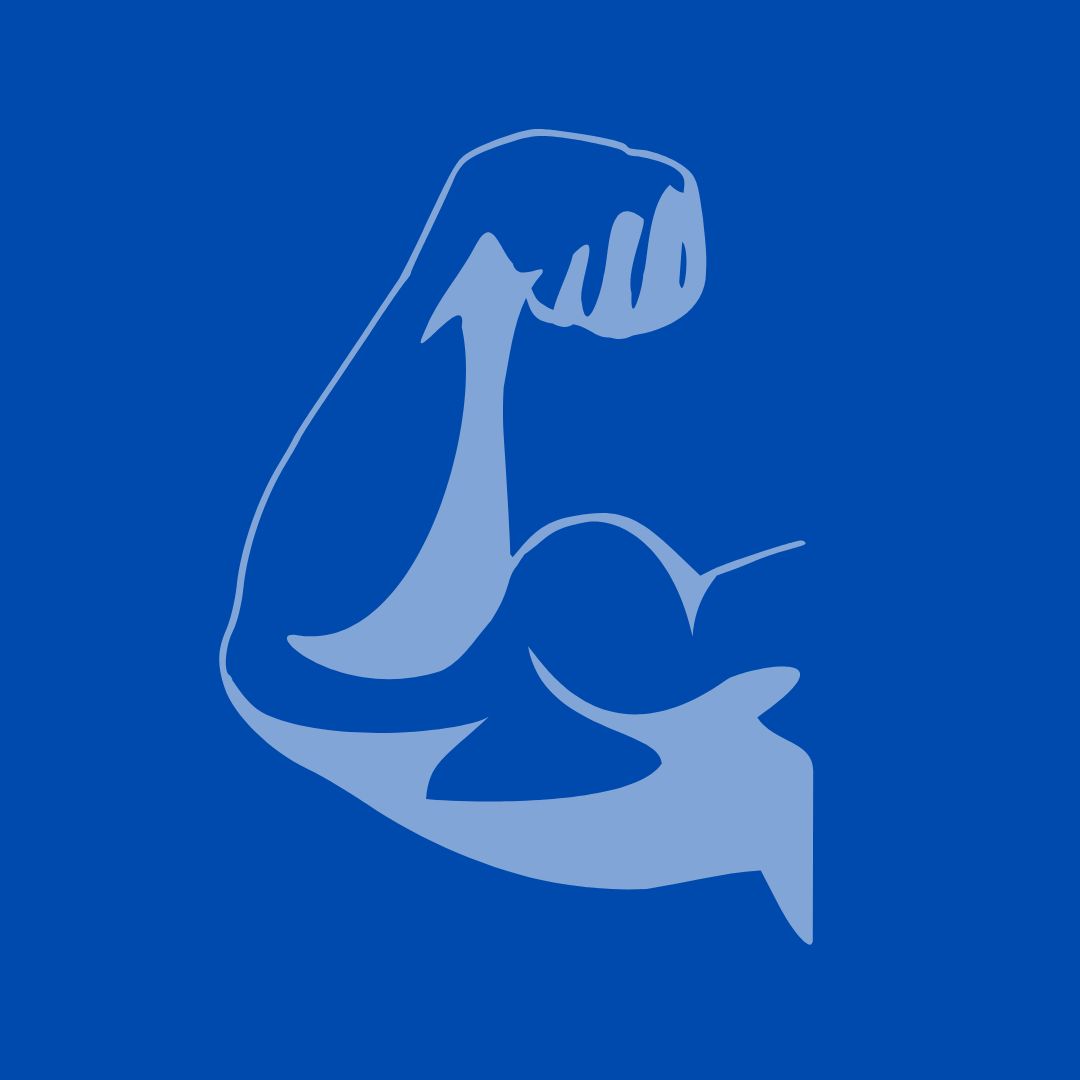If you have spent a large amount of time on social media looking at pages/accounts dedicated to fitness, chances are you have come across memes, posts, and/or articles that point out that what people think is really hard about getting in shape is weightlifting and cardio, but that nutrition is the truly hard part.
To be fair, all three of those areas require effort and discipline, but in my experience, nutrition is indeed the hardest part to master. As I have pointed out several times on this website in other articles, I am signed up for the Harvard Medical School email blasts, which are always informative and insightful. It is a tremendous FREE resource that I encourage folks to sign up for.
I recently received an email from Harvard that provided tips for making a healthy eating plan. Below are some of their (paraphrased) tips:
- Half your plate should contain fruits and vegetables (potatoes don’t count!)
- A quarter of your plate should be filled with whole grains (examples: barley, quinoa, oats, and brown rice)
- A quarter of your plate should include lean protein (examples: fish, beans, nuts, seeds, poultry, and eggs)
- Use healthy oils like olive and canola, and limit butter
- Drink low/no-calorie beverages such as water, coffee, or tea, avoid sugary drinks, and limit milk to one or two servings per day
- Make weekly meal plans and prepare meals ahead of time (‘meal prep’)
- Be thoughtful in composing your shopping list and avoid going shopping ‘on the fly’
- Set your shopping trips for times when you are ‘least stressed’ and not hungry
- Stock frozen vegetables, canned beans, whole grains, eggs, and whole-grain pasta
- Always read food labels
- Avoid preparing and eating deep-fried foods
- Keep a food journal
When I was at my heaviest, roughly 2.5 years ago, I weighed 206 pounds. As a person who is 5’4″ tall, that was a bad place to be in. To make matters worse, I had not lifted weights or performed meaningful cardio in a decade at that point.
Zoom forward to today, and I weigh 160 pounds and have not missed an exercise session during that 2.5-year time period. I look and feel better, and a lot of my success is due to adhering to a proper diet. It hasn’t always been easy, but it is worth it. If I can do it over the age of 40, then so can you.
I recommend not doing every single one of the bullet points above all at once. Instead, practice what I call ‘progressive discipline’ and incorporate 2-3 of the bullet points until you master them, then add another 2-3 bullet points to your strategy, and so on. That way, you increase your odds of succeeding and sticking with it. Progress over perfection!
***
Disclaimer: The contents of this article and this website are not meant to substitute for the professional advice of a doctor, nutritionist, and/or certified personal trainer. This content is provided as an educational tool to help people on their fitness journeys. While we strive to research topics as much as possible and provide useful and accurate information to the best of our abilities, we also strongly recommend talking to your doctor, nutritionist, and/or certified personal trainer before starting any workout, therapeutic, or nutritional regimen, as each individual’s needs and situations vary depending on the person.

